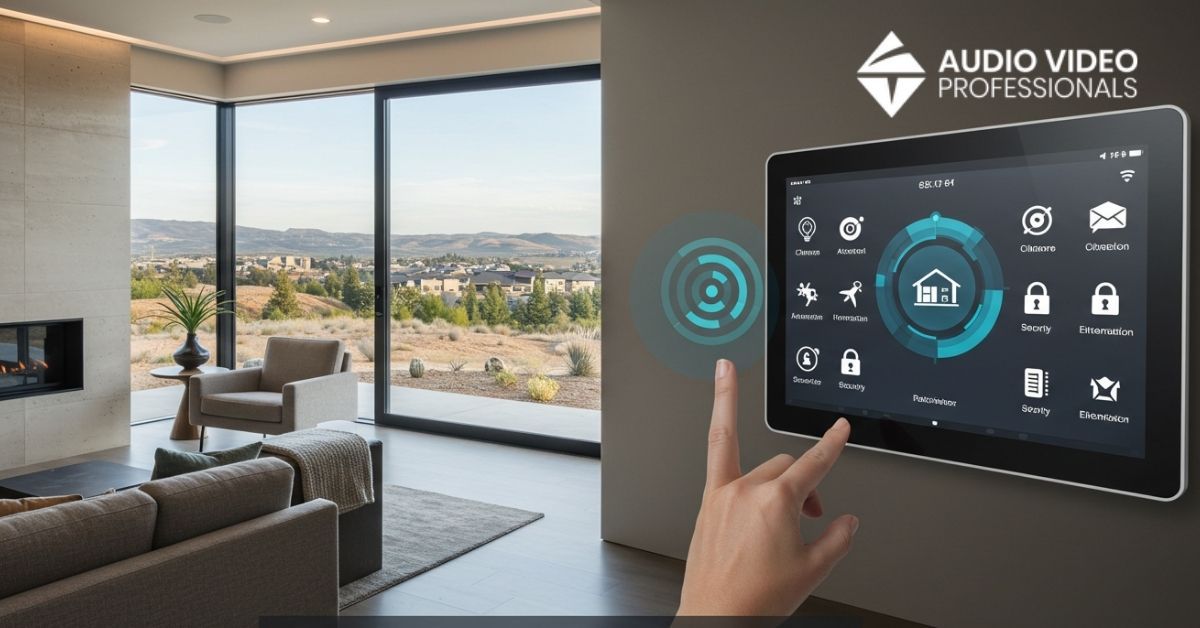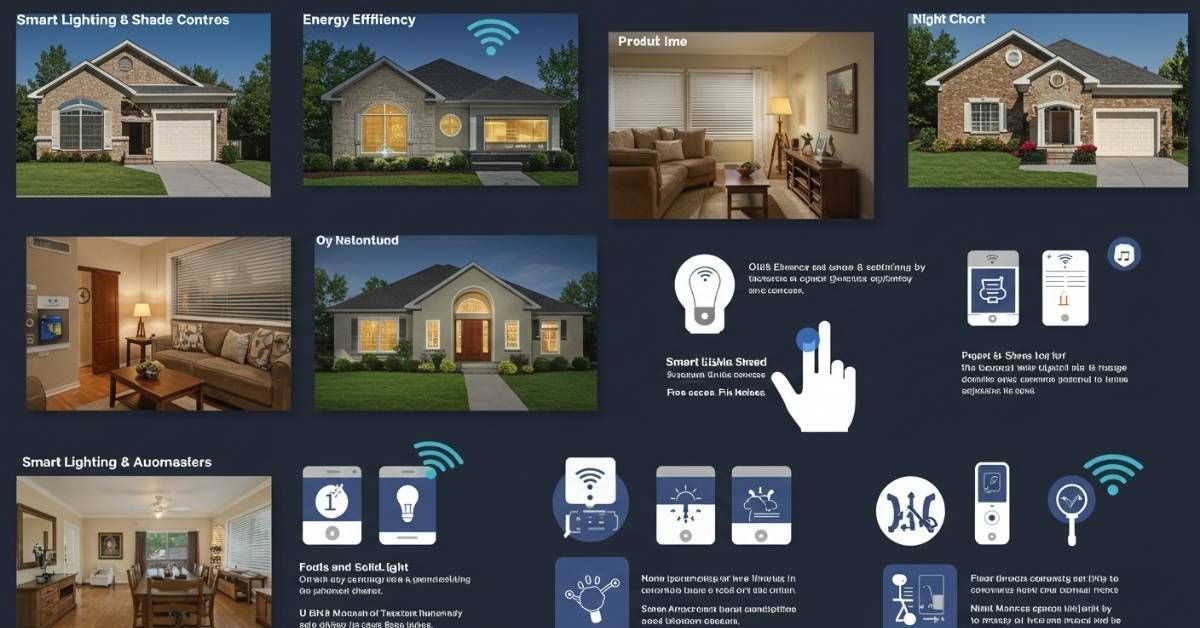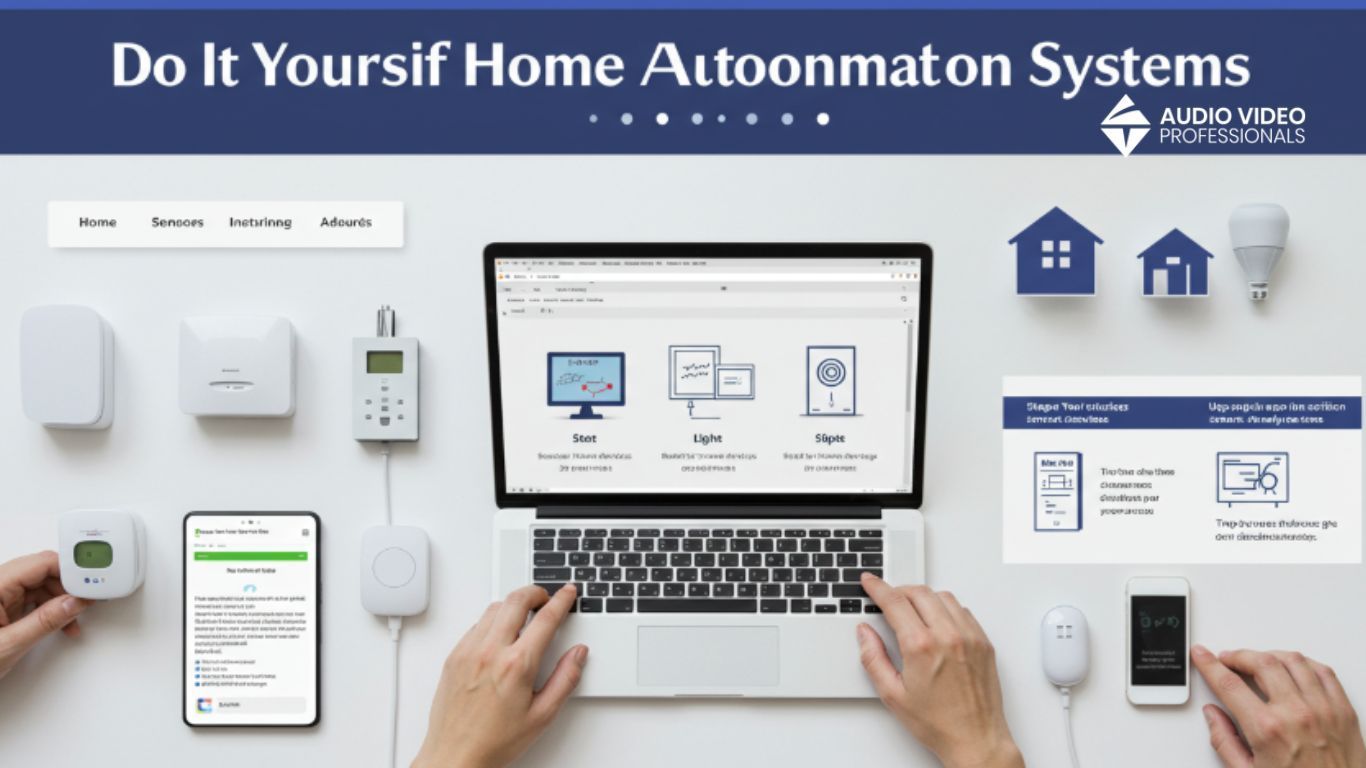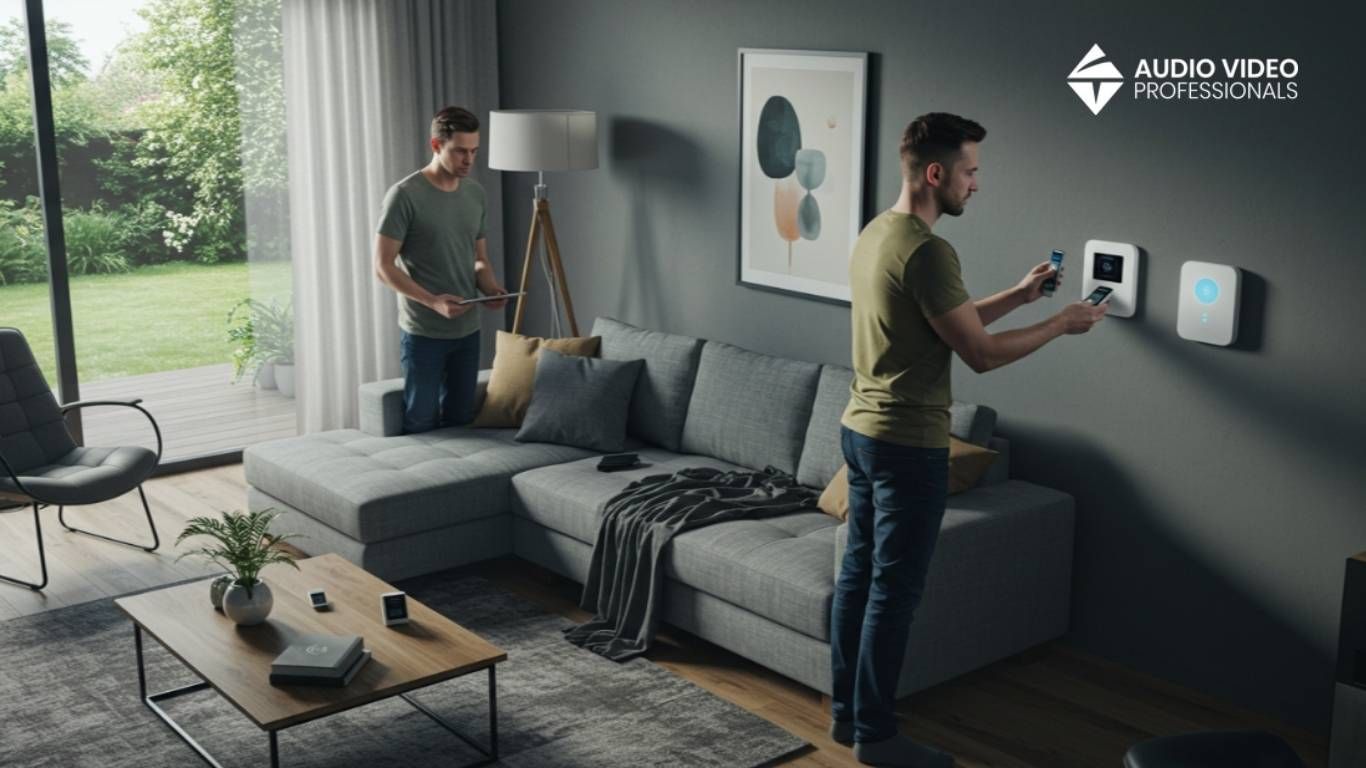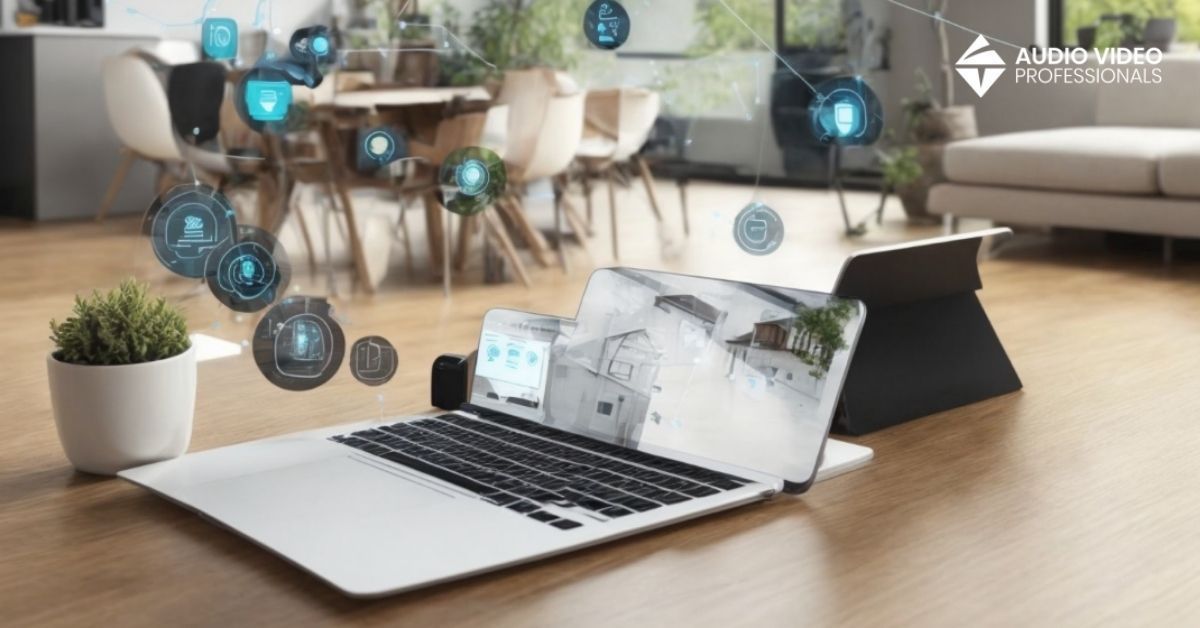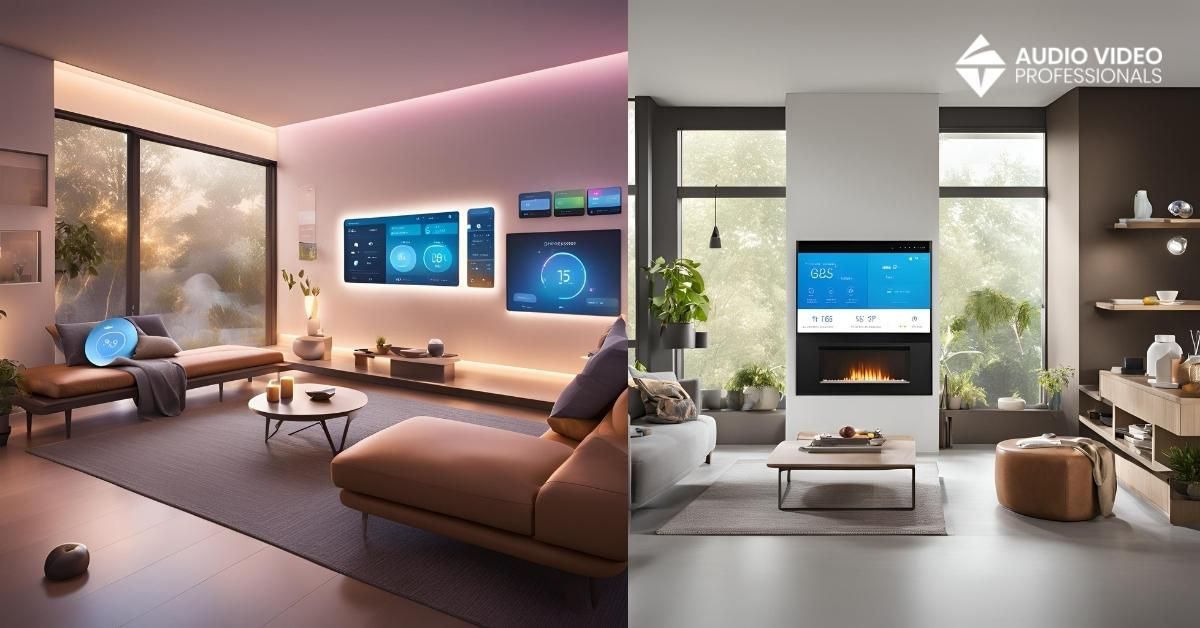How Can I Automate My Home
Home automation has become increasingly popular, transforming how we interact with our living spaces. By integrating various smart devices, homeowners can enjoy enhanced convenience, security, and efficiency. Imagine controlling your lights, thermostat, security systems, and even kitchen appliances with just a few taps on your smartphone or a simple voice command. This guide will answer the key question: How can I automate my home? We'll provide detailed steps and recommendations to help you get started on creating a smart home that meets your needs and enhances your lifestyle.
Automating your home involves choosing a smart home platform, selecting compatible devices, and creating routines and automations to enhance convenience, security, and efficiency.
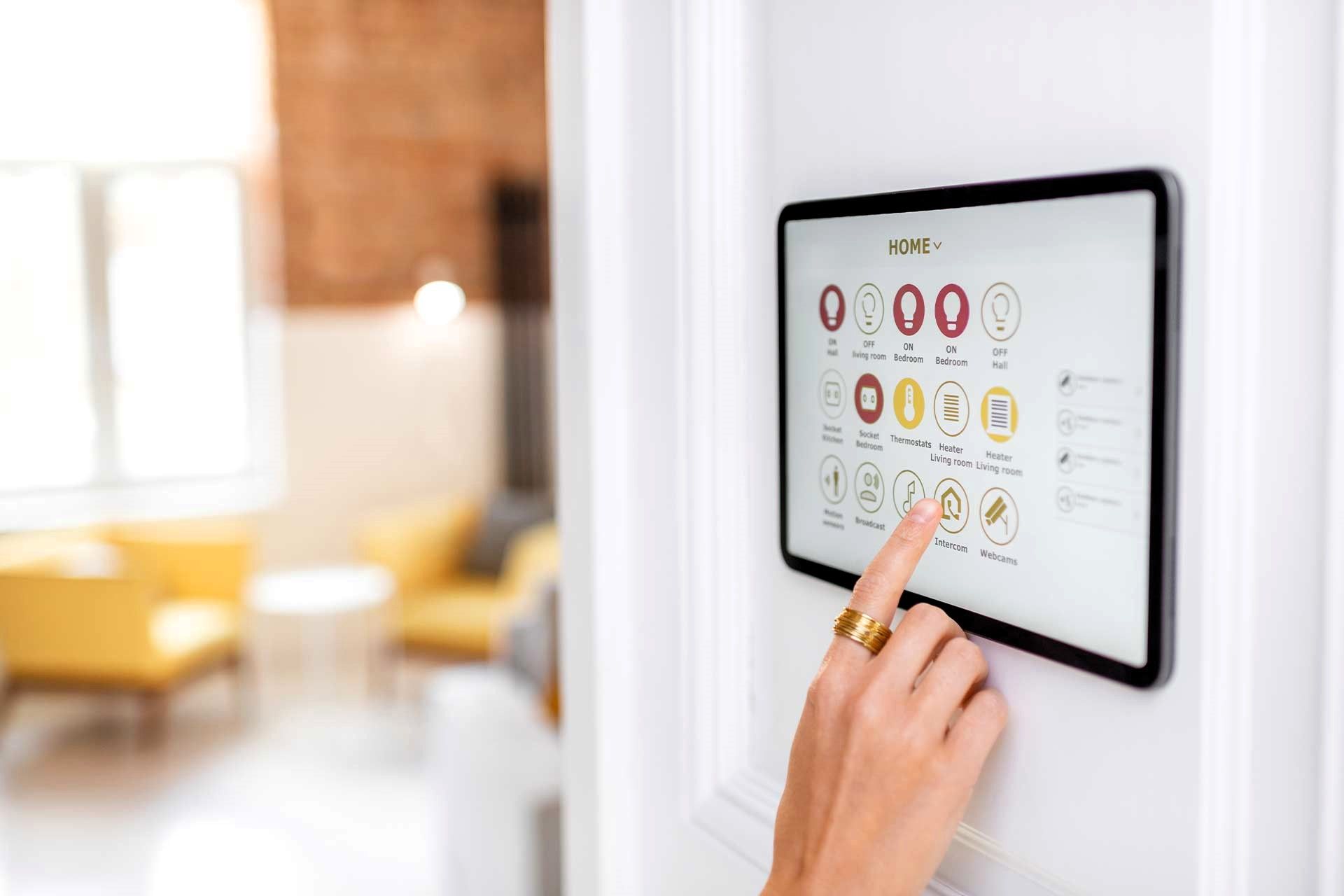
1. Getting Started with Home Automation:
- Choose Your First Smart Device:
Start with a simple device like a smart light, thermostat, or security camera. These devices are easy to install and provide immediate benefits. For example, smart lights can be controlled remotely or via voice commands, allowing you to set the perfect ambiance for any occasion.
Example: Install smart lights in your living room to control lighting remotely, set schedules, and adjust brightness or color with your smartphone or voice assistant.
- Choose Your Smart Home Platform:
Selecting the right platform is crucial for a seamless smart home experience. Popular options include Google Home, Amazon Echo, and Apple HomeKit. Each platform offers unique features and compatibility with various devices.
Example: Google Home offers extensive compatibility with over 1,000 smart devices from 150+ brands, making it an excellent choice for a versatile smart home system.
- Connect More Devices:
Once you've chosen your platform and initial device, expand your setup by adding more smart devices such as smart plugs, security cameras, smart locks, and speakers. Ensure that these devices are compatible with your chosen platform.
Example: Add a smart thermostat like the Nest Learning Thermostat to control your home's temperature remotely and save on energy bills.
- Create Routines and Automations:
Automations and routines are where the magic happens. Set up your devices to work together based on specific triggers or schedules. For example, you can create a morning routine that turns on the lights, starts your coffee maker, and adjusts the thermostat.
Example: Create a "Goodnight" routine that locks all doors, turns off the lights, and sets the thermostat to a comfortable sleeping temperature.
2. Detailed Cost Breakdown:
The cost of a fully automated home can vary widely based on the size of your home and the complexity of the system. On average, homeowners spend between $2,000 and $6,000 on home automation.
- Smart Lights: Each smart light bulb can cost between $10 and $50, depending on features like color-changing capabilities and compatibility with different platforms.
- Smart Thermostats: Smart thermostats, such as the Nest Learning Thermostat, typically cost around $200 to $250.
- Security Systems: A basic smart security system, including cameras and sensors, can range from $300 to $1,500.
- Smart Plugs: These simple devices cost between $15 and $30 each and allow you to control any plugged-in appliance remotely.
3. Benefits of Home Automation:
- Convenience: Automate mundane tasks, such as turning lights on and off or adjusting the thermostat, to save time and effort. Enjoy the luxury of controlling your home with voice commands or a smartphone app.
- Security: Enhance your home's security with smart cameras, doorbells, and locks. Monitor your home in real-time, receive alerts about suspicious activity, and control access remotely.
- Energy Efficiency: Save on energy bills by automating your heating, cooling, and lighting systems. Smart thermostats learn your schedule and adjust settings to optimize energy use.
- Comfort and Entertainment: Create the perfect ambiance with smart lighting and enjoy voice-controlled entertainment systems. Automate your home's environment to match your lifestyle and preferences.
4. Considerations and Challenges:
- Compatibility: Ensure that the devices you choose are compatible with your selected smart home platform. This prevents issues with integration and functionality.
- Network Reliability: A stable and fast Wi-Fi connection is essential for a fully automated home. Consider upgrading to gigabit internet for the best performance.
- Privacy and Security: Protect your smart home devices from hacking by using strong passwords, keeping firmware updated, and securing your Wi-Fi network.
- Cost: While home automation offers many benefits, it can be expensive. Plan your budget carefully and prioritize the devices that will provide the most value to you.
5. Long-term Value and Depreciation:
Home automation systems can enhance your living experience significantly, but they may not add much resale value to your home. Smart home technology tends to depreciate quickly as new advancements are made.
- Depreciation: Similar to other high-tech products, home automation devices can lose value rapidly. It's essential to invest in a system that you will personally enjoy and benefit from, rather than expecting a high return on investment when selling your home.
- Enjoyment and Convenience: Focus on the immediate benefits that home automation brings to your daily life, such as improved comfort, convenience, and security.
Conclusion:
Investing in home automation can transform your living space into a smart, efficient, and comfortable environment. By starting with the right platform, choosing compatible devices, and creating customized routines, you can enjoy the numerous benefits of a fully automated home. While the initial cost may be significant, the long-term advantages in convenience, security, and energy savings make it a worthwhile investment.
FAQ Section:
How much does it cost to automate your home?
The national average range to automate a home is between $2,000 and $6,000, with most homeowners spending around $4,000. This typically includes a smart mid-range security system, speaker, thermostat, and doorbell. Costs can vary based on the complexity and scale of the system you choose to install.
What is the best platform for home automation?
Google Home, Amazon Echo, and Apple HomeKit are among the best platforms for home automation. Google Home is particularly noted for its compatibility with over 1,000 smart devices from 150+ brands, offering extensive options for creating a versatile and comprehensive smart home system.
How do I start automating my home?
Start by choosing your first smart device, such as a smart light, thermostat, or security camera. Then, select a smart home platform like Google Home, Amazon Echo, or Apple HomeKit. Once you have your initial setup, you can expand by adding more compatible devices and creating routines and automations to enhance your smart home experience.
What are the benefits of home automation?
Home automation offers numerous benefits, including increased convenience, enhanced security, energy efficiency, and improved comfort and entertainment. Automating tasks like adjusting the thermostat, controlling lights, and monitoring security can save time, reduce energy bills, and provide peace of mind.
Are there any challenges with home automation?
Yes, there are challenges such as ensuring device compatibility, maintaining a reliable network connection, protecting your privacy and security, and managing the costs. Planning carefully, securing your network, and prioritizing essential devices can help overcome these challenges and ensure a smooth home automation experience.
Post by Pro Growe Digital Marketing
Need help? Get a call back!
Call Us Today
Our Services
Our Company
Location: Meridian, ID 83646
Email: info@audiovideoidaho.com
Call Us Today 208-546-9478
We Are Social
Hours Of Operation
Monday to Friday 8:00 AM - 5:00 PM
Saturday: Appointment Only
Sunday: Closed
All Rights Reserved | Audio Video Professionals


